10 Strange Animal Adaptations That Seem Too Weird to Be Real
In the vast tapestry of life on Earth, animals have evolved a plethora of adaptations that allow them to survive and thrive in diverse environments. Animal adaptations are as varied as the habitats they occupy. Some are physical, like the elongated neck of a giraffe, while others are behavioral, such as the migration patterns of birds. However, there are certain adaptations that stand out due to their sheer oddity and effectiveness. These unique traits often leave scientists baffled and curious about the evolutionary pressures that led to their development. Each adaptation is a piece of a larger puzzle, contributing to the survival of the species and the balance of their ecosystems. From creatures that can regenerate lost limbs to those that can survive without oxygen, the animal kingdom is full of surprises. This article will guide you through 10 of the most astonishing adaptations, each more fascinating than the last, and reveal the incredible ways in which life has adapted to the challenges of existence.
1. The Immortal Jellyfish: Turritopsis dohrnii
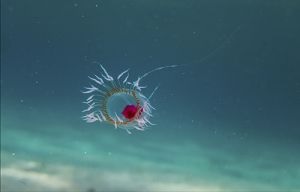
Among the myriad wonders of the ocean, the Turritopsis dohrnii, commonly known as the immortal jellyfish, stands out as a marvel of biological adaptation. Discovered in the Mediterranean Sea, this tiny jellyfish possesses the extraordinary ability to revert to its juvenile form after reaching maturity, effectively bypassing death. This process, known as transdifferentiation, allows the jellyfish to transform its mature cells into new types, essentially resetting its life cycle. The implications of this adaptation are profound, offering insights into cellular regeneration and aging. Scientists are particularly interested in the genetic and molecular mechanisms that enable this process, as it holds potential applications in medicine, particularly in understanding aging and developing regenerative therapies. The immortal jellyfish challenges our understanding of life and death, blurring the lines between the two in a way that seems almost magical.
Despite its seemingly miraculous abilities, the immortal jellyfish is not invincible. It remains vulnerable to disease and predation, and its populations are subject to the same environmental pressures that affect other marine species. Nonetheless, its unique adaptation offers a glimpse into the possibilities of life and the potential for longevity. The immortal jellyfish serves as a reminder of the untapped mysteries of the ocean and the remarkable adaptability of life in the face of adversity.
2. The Axolotl: Master of Regeneration
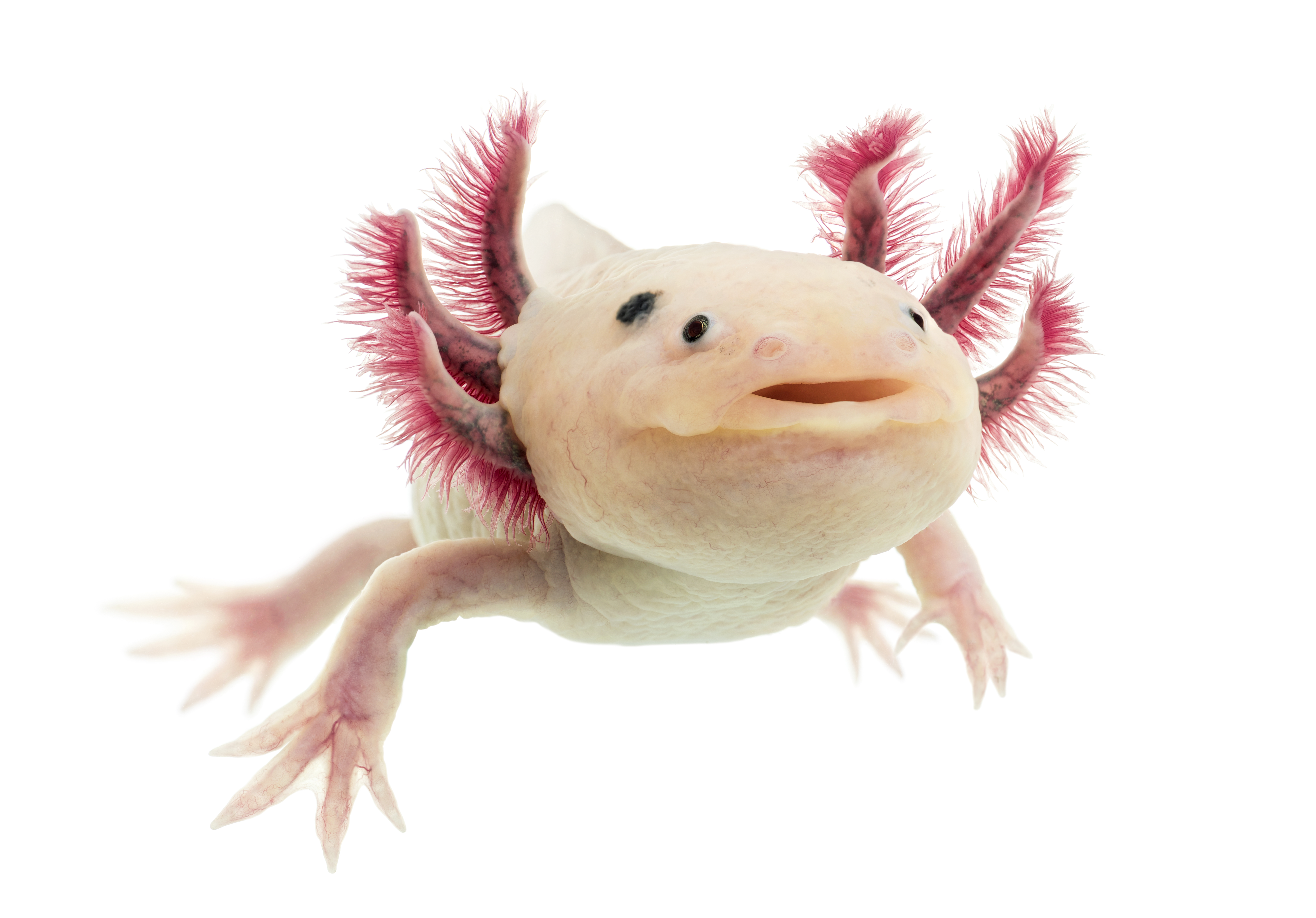
The axolotl, a neotenic salamander native to Mexico, is renowned for its extraordinary regenerative abilities. Unlike most vertebrates, which can only repair minor injuries, the axolotl can regenerate entire limbs, spinal cords, hearts, and even parts of its brain. This remarkable capability has made the axolotl a subject of extensive scientific research, as understanding its regenerative processes could revolutionize medicine and tissue engineering. At the heart of the axolotl's regeneration lies its ability to retain embryonic characteristics throughout its life, a phenomenon known as neoteny. This allows the axolotl to maintain a high level of cellular plasticity, enabling it to regenerate complex structures with precision. Researchers are particularly interested in the molecular pathways and genetic factors that facilitate this process, as they could hold the key to unlocking regenerative therapies in humans.
Despite its impressive abilities, the axolotl faces significant threats in the wild. Habitat destruction and pollution have led to a drastic decline in its natural populations, making it a critically endangered species. Conservation efforts are underway to protect this unique creature and its habitat, highlighting the importance of preserving biodiversity. The axolotl's story is a testament to the wonders of evolution and the potential for scientific discovery in the natural world.
3. The Mantis Shrimp: Nature's Underwater Boxer
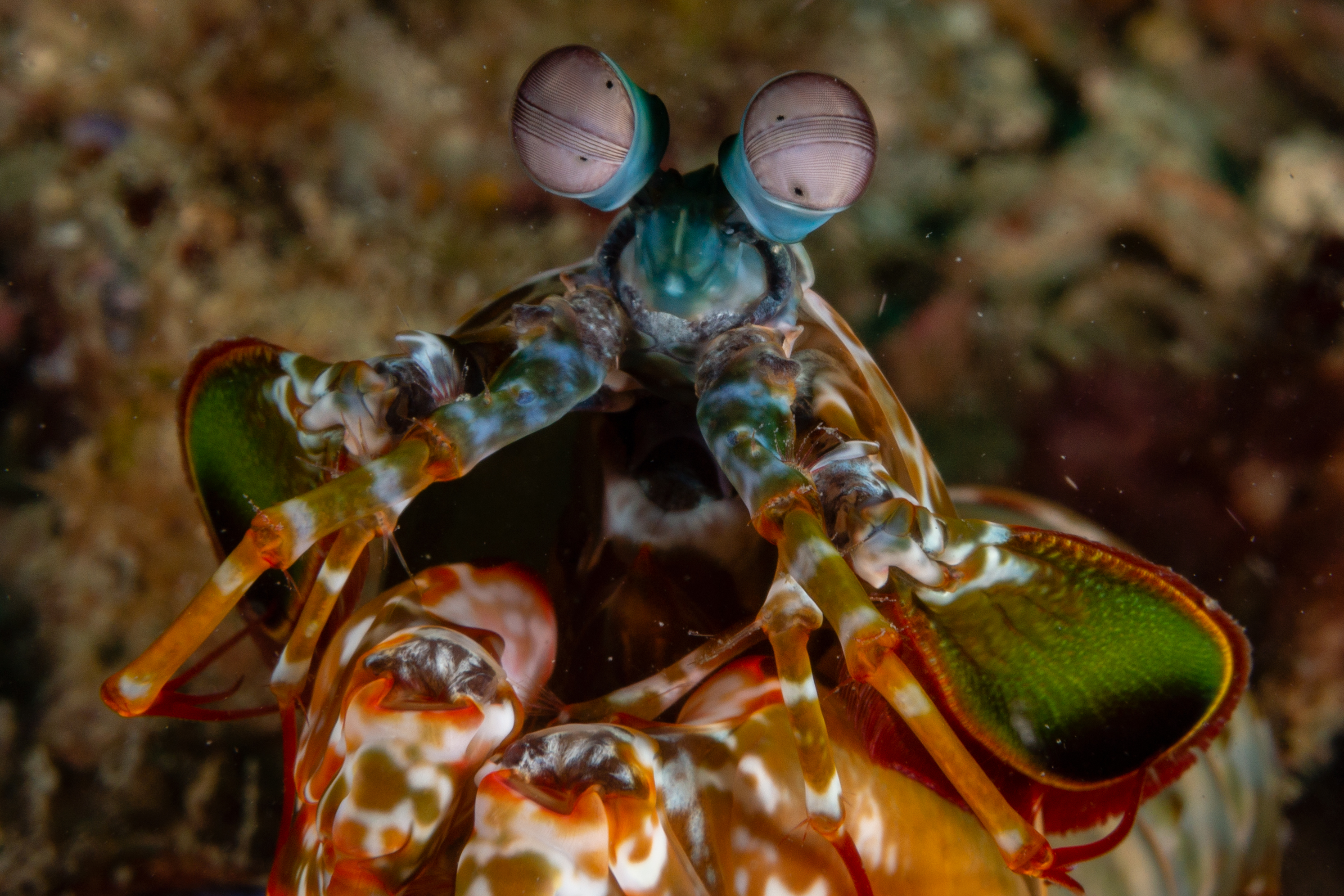
The mantis shrimp is a formidable predator found in tropical and subtropical waters, known for its powerful punching abilities. Unlike any other creature, the mantis shrimp can deliver a punch with the acceleration of a bullet, thanks to its specialized club-like appendages. This adaptation allows it to smash through the shells of prey, such as crabs and mollusks, with ease, making it one of the most efficient hunters in the ocean. The secret to the mantis shrimp's incredible punch lies in its unique structure and biomechanics. Its appendages are equipped with a saddle-shaped spring mechanism that stores energy, which is then released in a rapid, explosive motion. This adaptation not only provides the mantis shrimp with a powerful weapon but also protects it from the recoil of its own strikes, showcasing nature's ingenuity in engineering.
Beyond its physical prowess, the mantis shrimp also possesses one of the most complex visual systems in the animal kingdom. With up to 16 types of photoreceptor cells, it can detect polarized light and see a spectrum of colors far beyond human capability. This extraordinary vision aids in hunting and communication, adding another layer of complexity to this fascinating creature. The mantis shrimp exemplifies the incredible adaptations that can arise in response to the challenges of survival and competition in the natural world.
4. The Naked Mole Rat: Conqueror of Hypoxia
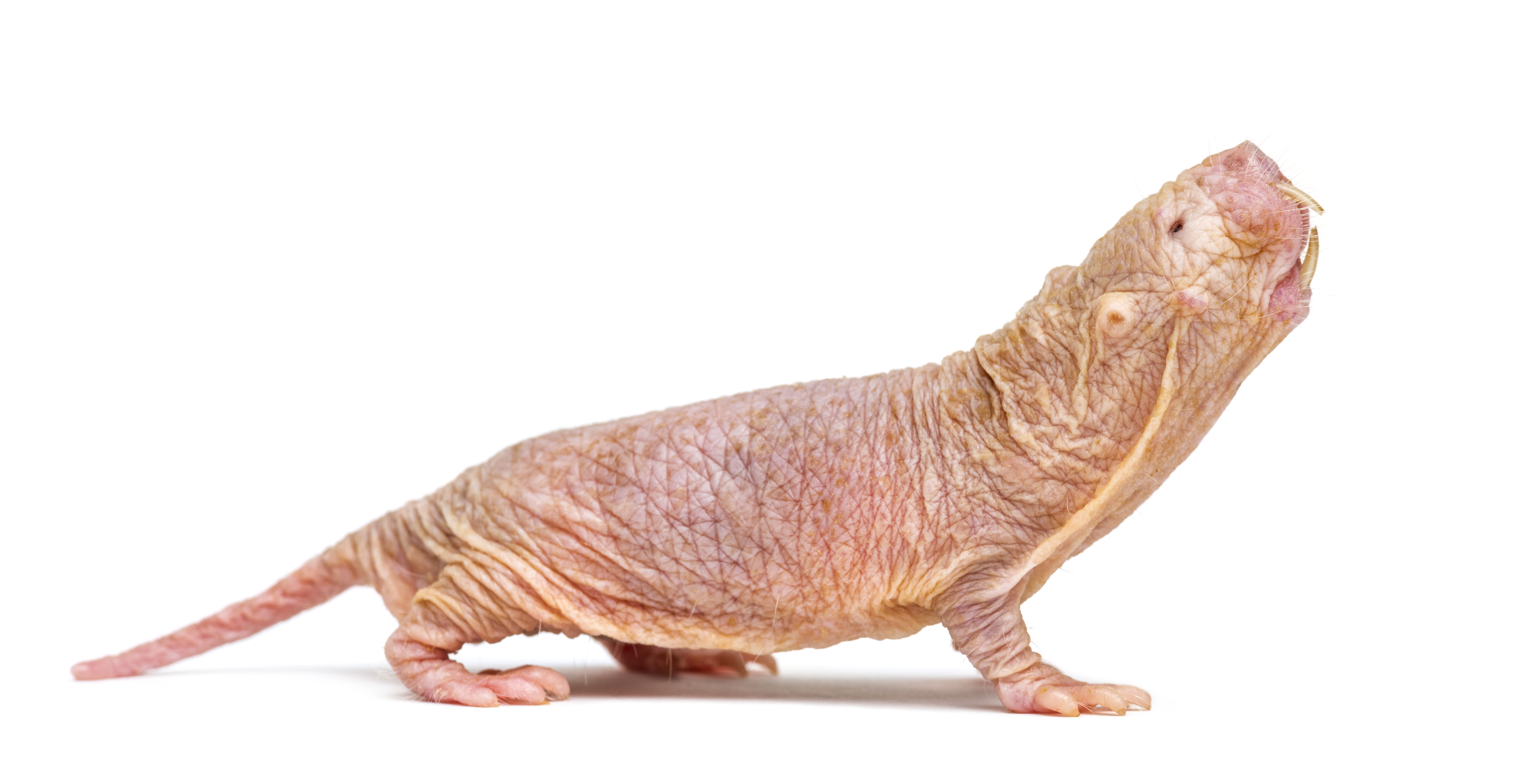
The naked mole rat, a small burrowing rodent native to East Africa, possesses a suite of adaptations that allow it to thrive in harsh underground environments. Among its most remarkable traits is its ability to survive in low-oxygen conditions, a feat that few mammals can achieve. This adaptation is crucial for life in the crowded, poorly ventilated tunnels that naked mole rats call home, where oxygen levels can plummet to levels that would be lethal for most other animals. Research has revealed that naked mole rats have a unique metabolic strategy that allows them to cope with hypoxia. Unlike most mammals, which rely on glucose for energy, naked mole rats can switch to fructose metabolism, a process that does not require oxygen. This adaptation enables them to survive for extended periods without oxygen, a trait that has piqued the interest of scientists studying stroke and heart attack treatments.
In addition to their hypoxia tolerance, naked mole rats exhibit other unusual traits, such as resistance to cancer and an exceptionally long lifespan for a rodent. These characteristics make them a valuable model for biomedical research, offering potential insights into aging, cancer resistance, and metabolic diseases. The naked mole rat's ability to conquer hypoxia and its suite of other adaptations highlight the incredible versatility and resilience of life in extreme environments.
5. The Archerfish: Precision Hunter of the Water
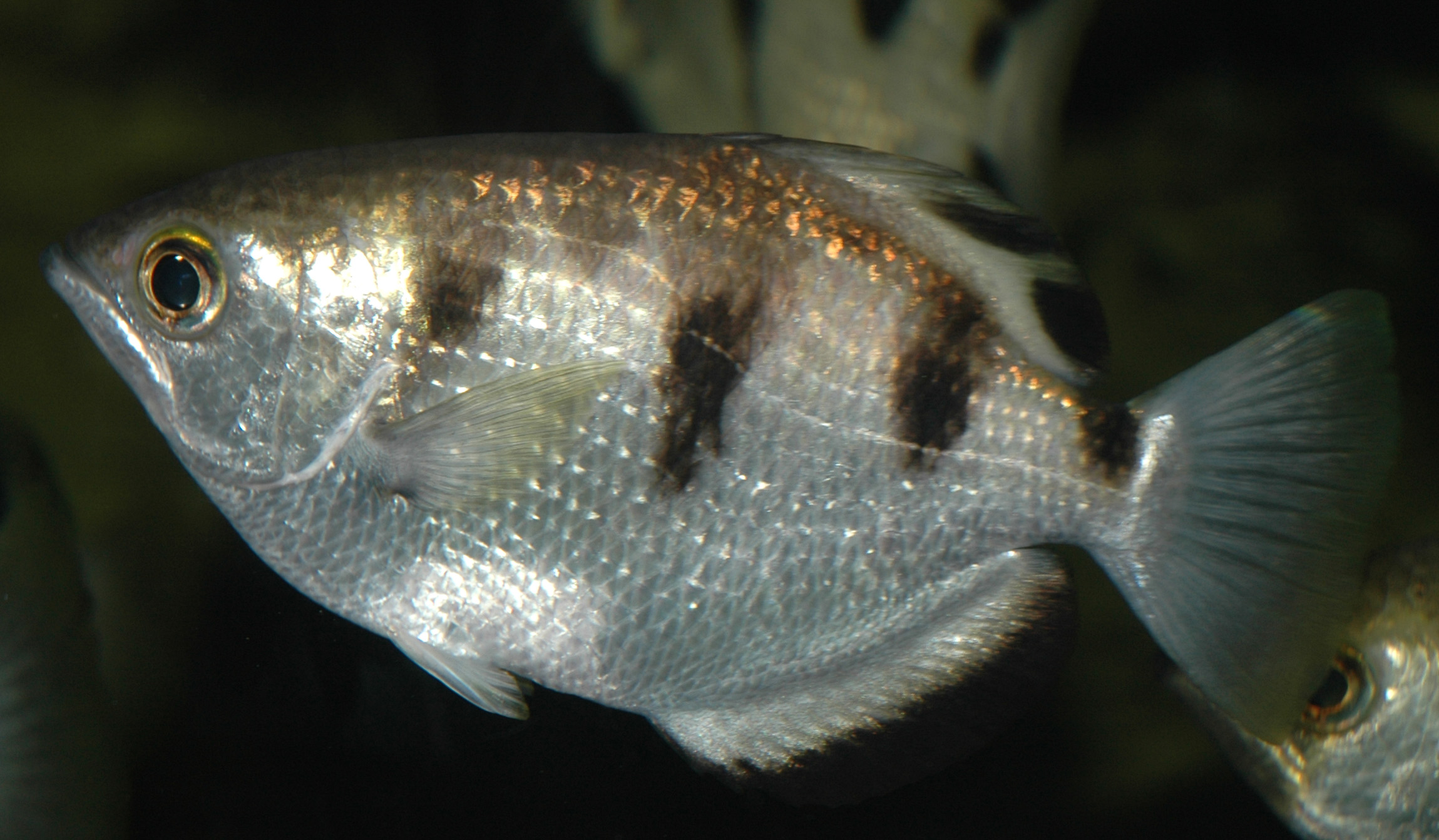
The archerfish, a small freshwater fish found in Southeast Asia and Australia, is renowned for its unique hunting strategy. Unlike most fish that rely on stealth or speed to catch prey, the archerfish uses a jet of water to shoot down insects and other small creatures from overhanging vegetation. This remarkable adaptation requires a combination of precision, timing, and calculation, making the archerfish a master of projectile hunting. The mechanics of the archerfish's hunting technique are as fascinating as they are effective. By rapidly closing its gills, the archerfish creates a powerful stream of water that can hit targets with surprising accuracy. This adaptation is complemented by the fish's keen eyesight, which allows it to compensate for the refraction of light at the water's surface, ensuring that its shots are on target.
The archerfish's ability to hunt with water jets has inspired scientific research into fluid dynamics and biomechanics, offering insights into the physics of projectile motion. Additionally, the archerfish's hunting strategy highlights the complex interplay between predator and prey, demonstrating how evolutionary pressures can lead to innovative solutions for survival. The archerfish's precision and ingenuity in hunting serve as a reminder of the diverse and creative ways in which life adapts to the challenges of existence.
6. The Bombardier Beetle: Chemical Warfare Specialist
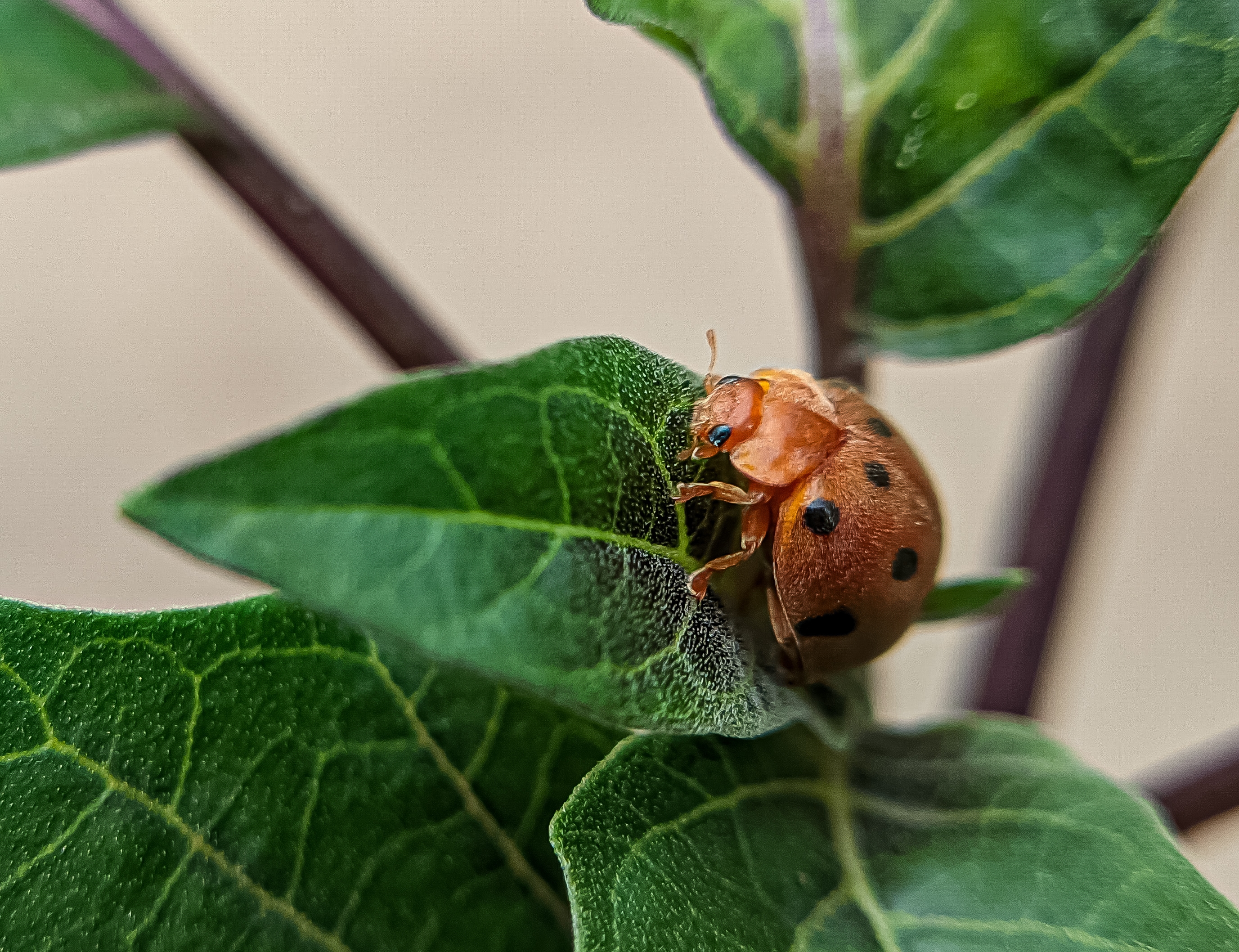
The bombardier beetle, a small ground beetle found worldwide, is a master of chemical defense. When threatened, it can unleash a boiling, noxious spray of chemicals from its abdomen, deterring predators with a potent combination of heat and toxicity. This adaptation is a prime example of nature's use of chemistry as a tool for survival, showcasing the beetle's ability to defend itself in a world full of dangers. The bombardier beetle's chemical arsenal is the result of a sophisticated internal reaction. It stores two separate chemical precursors, hydrogen peroxide and hydroquinone, in its abdomen. When threatened, these chemicals are mixed in a specialized reaction chamber, triggering an exothermic reaction that produces the hot, toxic spray. This process is not only effective in deterring predators but also highlights the complexity of biochemical adaptations in the animal kingdom.
The bombardier beetle's chemical defense has fascinated scientists, leading to studies on its potential applications in fields such as pest control and materials science. Understanding the beetle's unique adaptation offers insights into the evolution of chemical defenses and the intricate ways in which organisms have adapted to their environments. The bombardier beetle's story is a testament to the power of chemistry in the natural world and the innovative strategies life employs to survive.
7. The Lyrebird: Mimicry Maestro of the Forest
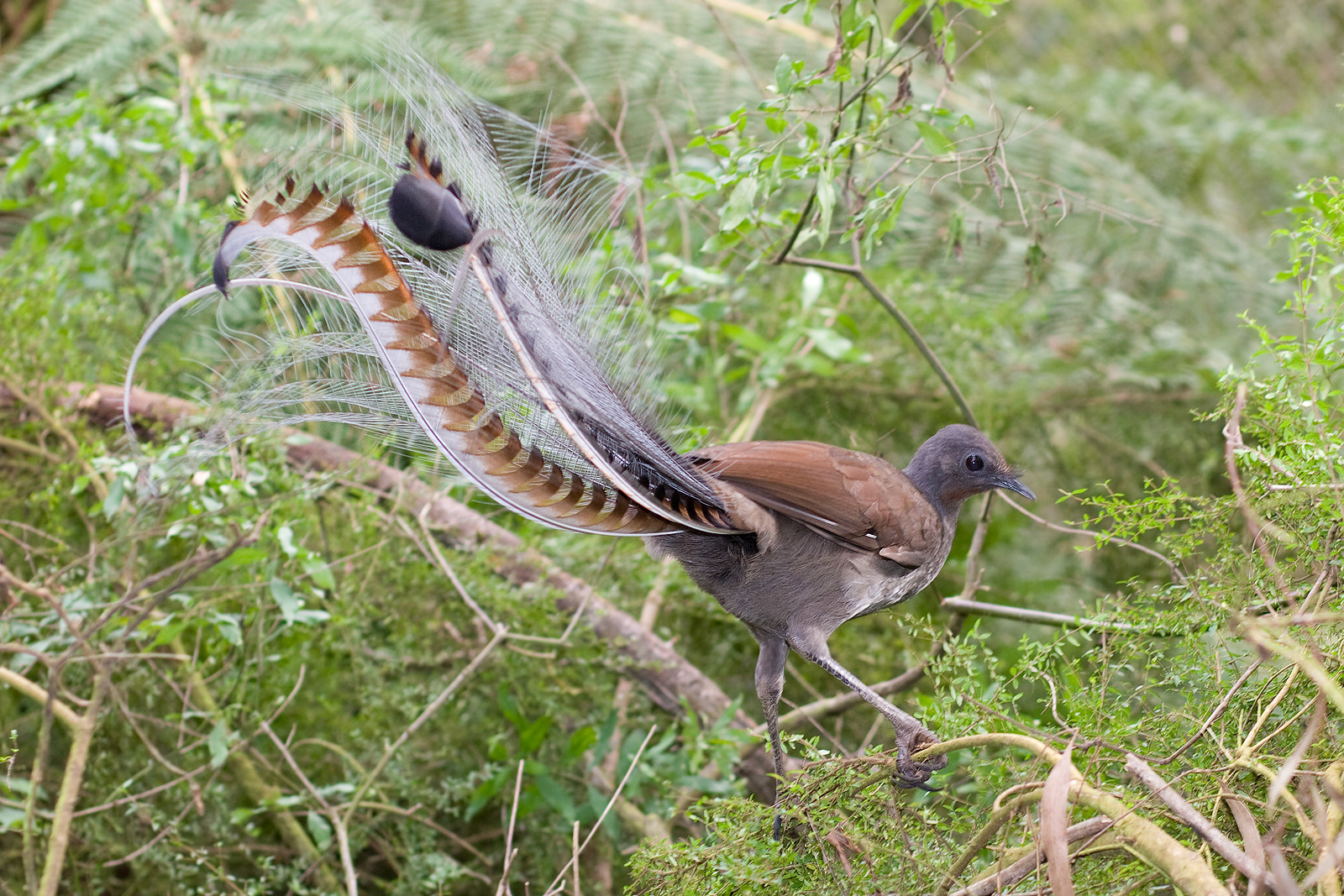
The lyrebird, native to Australia, is renowned for its incredible ability to mimic natural and artificial sounds with astonishing accuracy. This remarkable adaptation allows the lyrebird to imitate the calls of other bird species, as well as a wide range of environmental sounds, from chainsaws to camera shutters. This vocal mimicry is not just a party trick; it plays a crucial role in the lyrebird's mating rituals and territorial displays. The lyrebird's mimicry skills are the result of its highly developed syrinx, the avian vocal organ, which allows it to produce a diverse array of sounds. This adaptation is complemented by the lyrebird's keen auditory memory, enabling it to learn and replicate complex sound patterns. The ability to mimic a variety of sounds helps the lyrebird attract mates and assert dominance over its territory, showcasing the role of vocal communication in avian social structures.
The lyrebird's mimicry has captivated both scientists and the public, inspiring studies on animal communication and the evolution of vocal learning. Its ability to replicate human-made sounds also raises questions about the impact of human activity on wildlife, highlighting the interconnectedness of natural and anthropogenic environments. The lyrebird's mastery of mimicry serves as a reminder of the complexity and beauty of animal communication and the diverse strategies life employs to thrive.
8. The Electric Eel: Living Battery of the Amazon
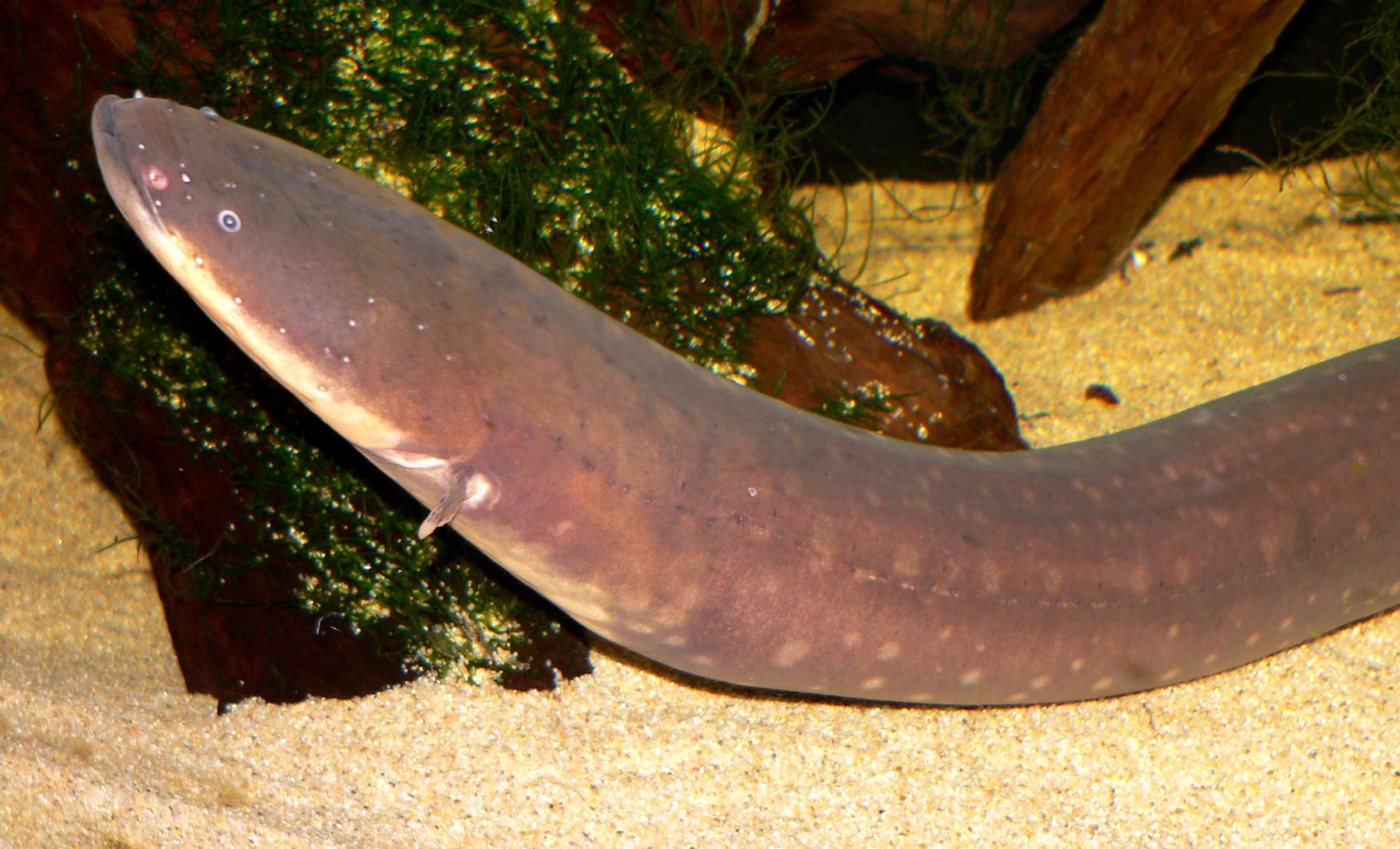
The electric eel, a native of the Amazon and Orinoco river basins, is a fascinating example of nature's ability to harness electricity for survival. Despite its name, the electric eel is not a true eel but a knifefish, and it possesses specialized cells called electrocytes that allow it to generate powerful electric shocks. This adaptation serves multiple purposes, from hunting and navigation to self-defense, making the electric eel a formidable presence in its aquatic habitat. The electric eel's ability to produce electricity is a result of the unique structure and arrangement of its electrocytes, which function much like a battery. By stacking these cells in series, the electric eel can generate electric fields strong enough to stun prey or deter predators. This adaptation also aids in navigation and communication, as the electric eel uses low-voltage electric fields to sense its surroundings in the murky waters of its habitat.
The electric eel's adaptation has intrigued scientists for centuries, leading to research on bioelectricity and its potential applications in technology and medicine. Understanding the mechanisms behind the electric eel's ability to generate electricity offers insights into the evolution of bioelectrical systems and the innovative ways in which life has adapted to diverse environments. The electric eel's story is a testament to the power of electricity in the natural world and the remarkable adaptability of life.
9. The Platypus: An Anomaly of Evolution
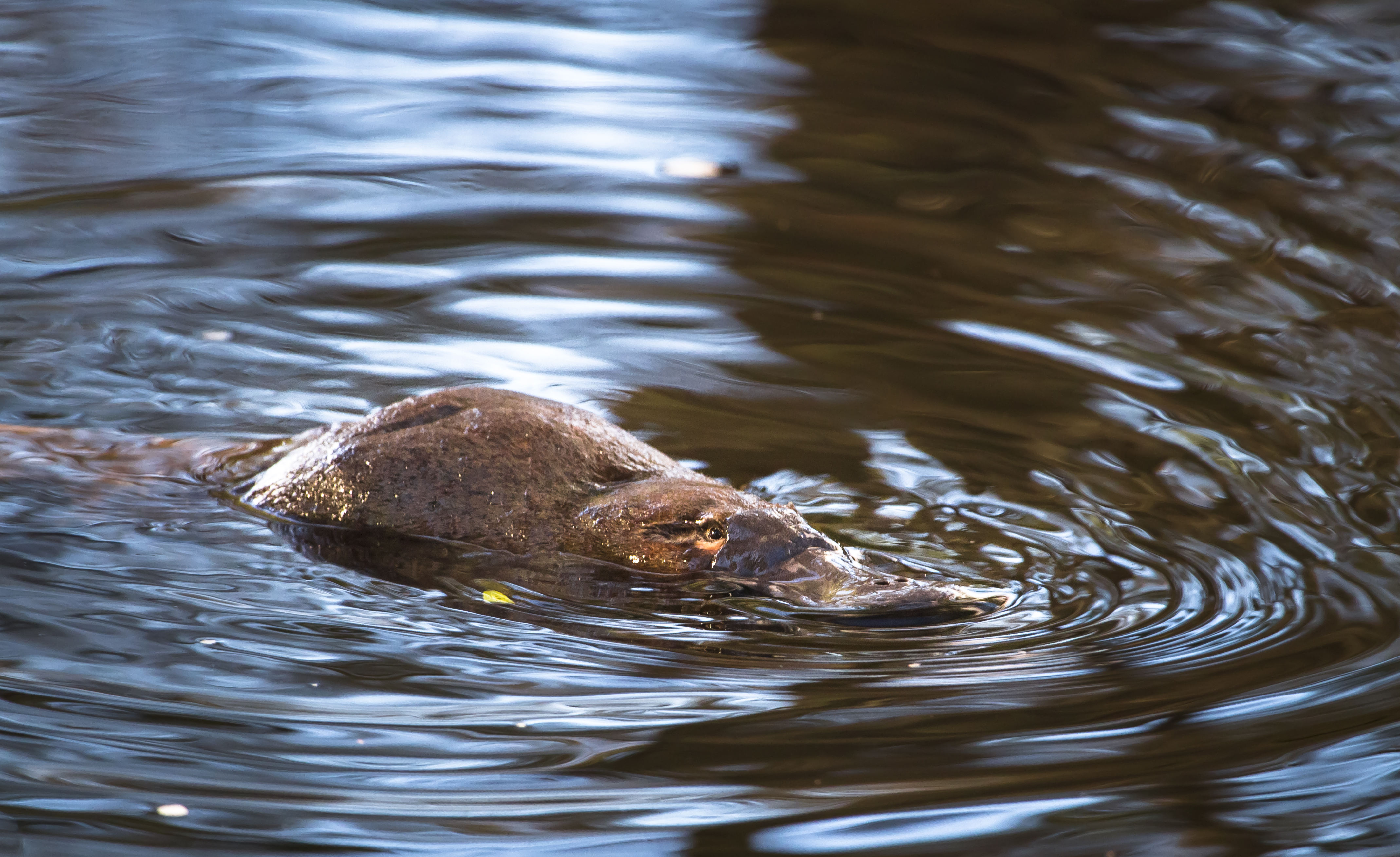
The platypus, native to Australia, is one of the most peculiar creatures in the animal kingdom, defying traditional classifications with its unique blend of traits. As a monotreme, the platypus lays eggs like a reptile but nurses its young with milk like a mammal. This combination of characteristics makes the platypus a living link to early mammalian ancestors, offering insights into the evolutionary history of mammals. In addition to its reproductive oddities, the platypus possesses several other remarkable adaptations. Its bill is equipped with electroreceptors that allow it to detect the electric fields generated by the movements of its prey, a trait more commonly associated with fish and amphibians. This adaptation is crucial for hunting in the murky waters of its habitat, where visibility is limited. The platypus also has webbed feet for swimming and a venomous spur on its hind legs, adding to its array of unique traits.
The platypus's unusual adaptations have made it a subject of fascination and study since its discovery, challenging scientists to reconsider the boundaries of classification and evolution. Its existence highlights the diversity of life and the myriad ways in which organisms have adapted to their environments. The platypus serves as a reminder of the complexity and wonder of evolution, showcasing the unexpected paths that life can take.
10. The Tardigrade: Indestructible Extremophile

Tardigrades, also known as water bears, are microscopic creatures renowned for their ability to survive extreme conditions that would be lethal to most other forms of life. Found in diverse environments, from deep ocean trenches to the icy peaks of mountains, tardigrades are capable of withstanding extreme temperatures, high radiation, and even the vacuum of space. This incredible resilience makes them one of the most adaptable organisms on Earth. The key to the tardigrade's survival lies in its ability to enter a state of cryptobiosis, where it loses almost all of its water content and its metabolic processes come to a near halt. In this desiccated state, tardigrades can endure harsh conditions for extended periods, reviving when favorable conditions return. This adaptation is facilitated by unique proteins and biochemical pathways that protect their cells from damage and maintain their structural integrity.
These adaptations remind us of the complexity and interconnectedness of ecosystems, where each species plays a vital role in maintaining the balance of nature. Understanding these adaptations not only enriches our knowledge of the natural world but also inspires us to appreciate the wonders of biodiversity and the importance of conservation. As we continue to explore and study these remarkable creatures, we are reminded of the endless possibilities of evolution and the boundless potential of life. In embracing the oddities and marvels of the animal kingdom, we gain a deeper appreciation for the resilience and ingenuity of life. These adaptations challenge our perceptions and encourage us to look beyond the ordinary, to seek out the extraordinary in the world around us. As we venture into the oddities of animal adaptations, we are reminded of the beauty and complexity of life, and the endless opportunities for discovery and wonder in the natural world.







